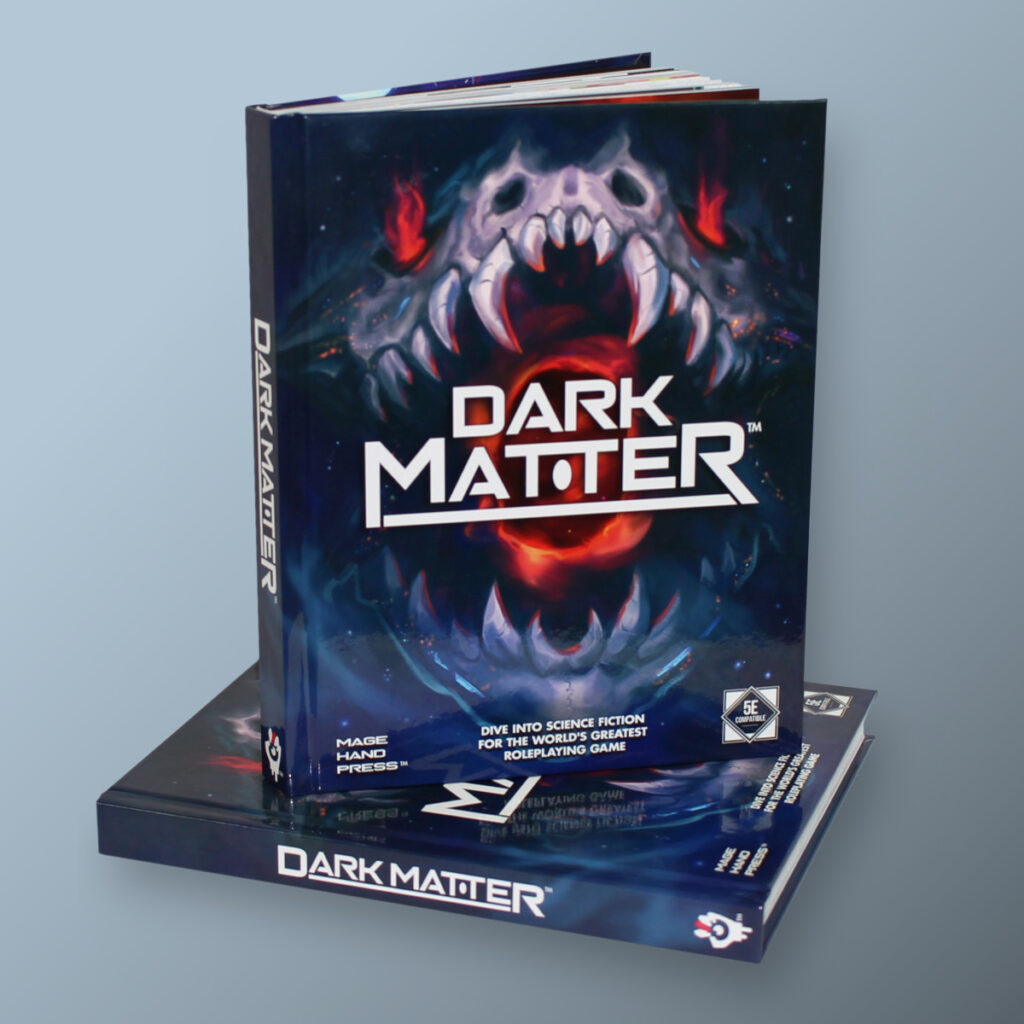Comments from the Finger: I have a very large todo list for the Siegeball Sourcebook, but week by week, I’m chiseling away at it, and one day (maybe soon), we’ll reach the finished book. This time we’re talking about arenas:
Arena Traits
Every siegeball arena has some trait or combination of traits that makes it wholly unique. Sometimes, siegeball arenas are built to competition standard, and include only minor variations in dimensions, turf, and slope, but other times, entire arenas are crafted either out of necessity, where no other arenas could be constructed, or to promote a unique spin on the game and draw in larger crowds. The following traits describe some unique arenas that might exist in your campaign:
| d20 | Trait |
| 1 | This arena is actually the rolling deck of a massive warship. The audience of sailors crowds the edges, ensuring the ball doesn’t fall off the ship. At the beginning of each turn, the ball gains a momentum point in a random direction. |
| 2 | This arena is a field with a natural hill: there are two distinct planes and a slope between them running the arena’s length. Moving the ball up the slope costs one additional momentum point, and moving the ball down the slope awards it an extra momentum point. |
| 3 | The arena is built above a large underground foundry. At regular intervals (at the beginning of every other round), two 15-foot square grated vents on the field blast hot gas onto any creature standing atop them, dealing 3d6 fire damage. |
| 4 | This arena is a city street that has been gated off for the event. Obstacles still abound in the street, and the hard stone floor (as opposed to the more common grassy fields), means that the ball moves more smoothly, but so do your shoes. There will likely be more dramatic slides and careening collisions. |
| 5 | Pits have been dug in this field and filled with mud, which counts as difficult terrain. Furthermore, the ball can sink to the bottom of these mud pits; it loses 1 momentum point when it enters a pit, and if it stops within one, it takes 2 momentum points to remove it. |
| 6 | Dwarven innovation at its finest, this arena contains a series of hefty built-in conveyor belts. These belts move 5 feet twice every round: once at the beginning of the initiative order, and once halfway through. |
| 7 | This ancient woodland grove has been converted into a siegeball arena (much to the chagrin of local druids.) The immense trees, roots, and vines make for an interesting, if difficult to traverse, arena. |
| 8 | This arena contains dozens of short walls, quartering it off into three large fields connected by short mazes. Though players can bound the walls without issue, the ball can only leap over these walls at ramps located at a few strategic points. Learning the most efficient paths through these mazes is not difficult, but choosing the right direction to avoid enemies is key to winning a game. |
| 9 | This entire arena is under the effects of a transmutation spell reducing the gravity within it. You can jump twice as high and twice as far, and the ball games an extra momentum point whenever it is hit. |
| 10 | Despite its profound disrespect for the dead, this arena is built on an entire graveyard. Stones have been piled up between some mausoleums and large monuments to form a perimeter around the field, but dozens of headstone still pose obstacles to the ball. |
| 11 | A huge fog bank (naturally or artificially) blankets the entire arena. Players can only see half the field’s length. |
| 12 | The rowdy crowd constantly throws refuse and obstacles at your team. If you begin your turn within 5 feet of an outermost wall, you move 5 feet slower in your turn. If you hit the ball while in that area, you take 1 bludgeoning damage from thrown bottles and rocks. |
| 13 | Buckets of water have been thrown on the field and left to freeze overnight (or else instantaneously frozen with magic) to create an arena of slick ice. Players have difficulty gaining speed and coming to a stop on this surface: they can only move in increments of 10 feet, and might collide with obstacles (and take 1d6 bludgeoning damage) if they move too far. Players that take the Dash action must move the entire distance. |
| 14 | Players are bestowed with a temporary version of the water breathing spell to play in this completely underwater arena. The rules for underwater combat apply in full. The ball has been made especially buoyant, so that it neither sinks nor floats when at rest. The towers, for their part, have been constructed from floor to ceiling. When a team hits their opponent’s tower, their water breathing spells instantly wear off, forcing them to surface in order to gain the spell’s effects again. |
| 15 | The arena, conjured into being at the foot of a mage’s tower, is filled with a labyrinth of shimmering walls of force. The ball can roll freely through these walls but players must navigate their way around them. In some games, the mage will conjure a minotaur into the maze as well, just to spice things up. |
| 16 | The floor of this arena is a mosaic of large colored tiles. Depending on the game, tiles of a certain color might trigger spectacular, crowd-pleasing traps, collapse into temporary pit traps (the floor raising back up after a few moments), or launch players into the air. |
| 17 | This arena is designed with a horseshoe layout in mind. The towers are actually close together, but a long wall of bars running almost the length of the field separates them. The players and audience can see through the bars (and small players might be able to squeeze through them) but the ball cannot pass through. |
| 18 | The midline of the arena is marked by a large sloped mound spanning its width, which divides the arena into two sides. At the beginning of each turn, if the ball is within 30 feet of the midline, it gains a momentum point directly away from the midline. |
| 19 | This cramped arena is contained with the garden of a castle keep. A fitting locale, of course, for the king’s private siegeball stadium. Both towers are constructed to resemble statues of royal court attendees whom the king evidently despises. |
| 20 | This arena, overseen by hundreds of kobolds and a looming ancient red dragon, is marked out within the dragon’s lair, directly atop its hoard. Towers are constructed of solid gold, and players will likely find the gold coin-laden slopes hazardous. Be warned: as much as the dragon enjoys his entertainment, he values his treasure more. Any player that pilfers even a single coin will be devoured on sight. |



